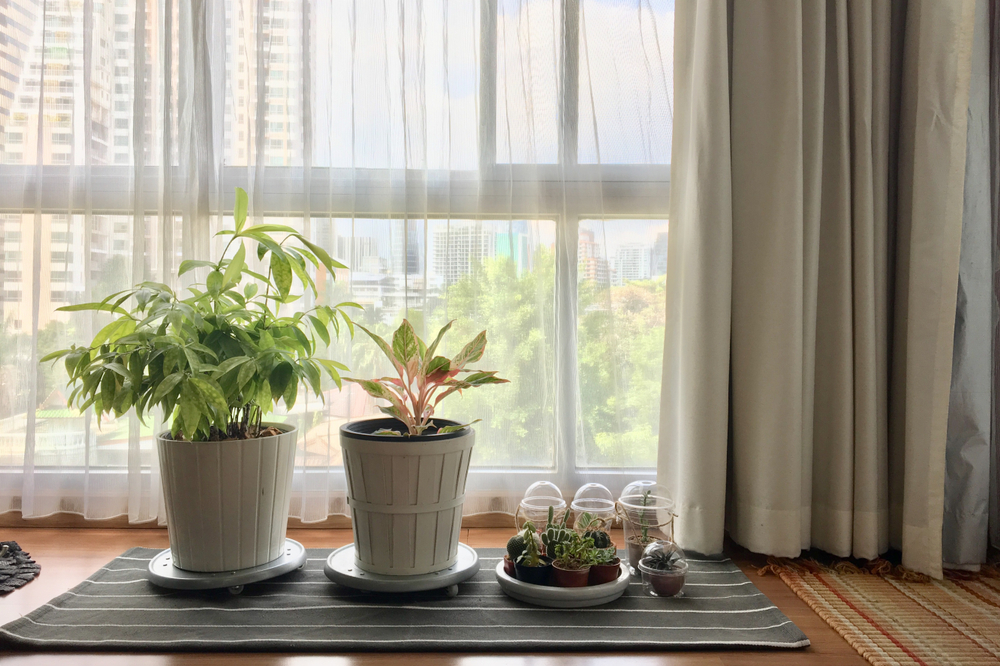Plants have become a ubiquitous part of the home decor of late. Ornamental and air-purifying- plants are known to be good for people’s mental well-being. However, a plant is a living being, not a mere decoration. It requires nutrition and nurture. With some love and care, you can have a thriving indoor jungle as well!
The first step, of course, is to choose plants that match your expertise level. If you’re just starting out on your plant parent journey, try snake plants, jade plants and zz plants, which are low maintenance. Already have the basics down? Move to larger plants, such as palms and monteras. Introduce flowering plants once you’re comfortable and have developed a skill set.
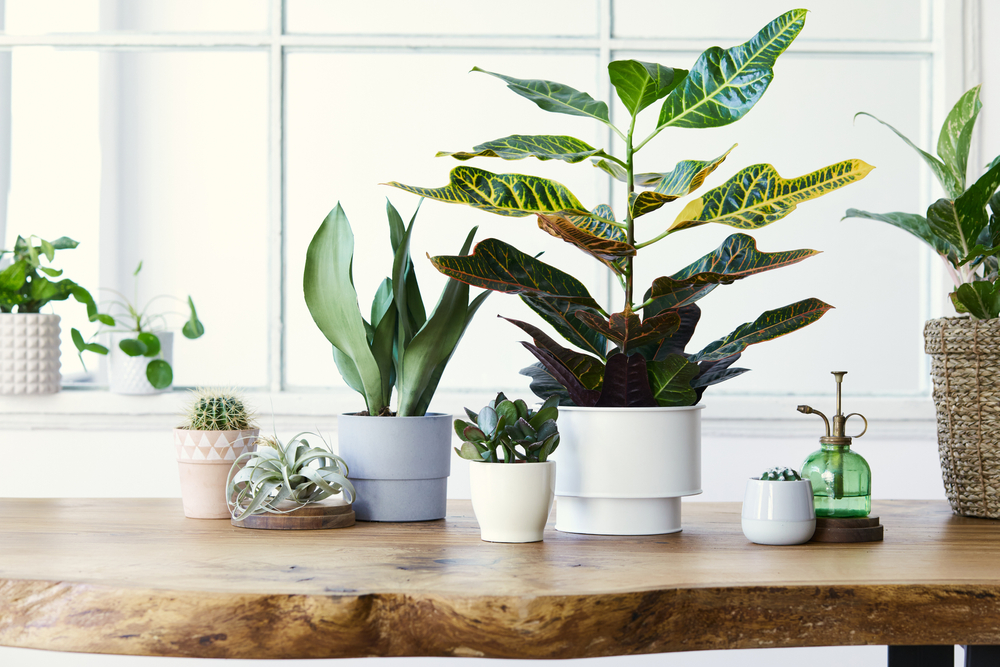
Here is our handy guide to having healthy, happy houseplants:
Selecting the Planter
A plant bought from the nursery will likely be given to you in a plastic bag or a small, disposable plastic pot. As soon as the plant grows to a height of 4 inches tall or beyond, it is advisable to re-pot it into a larger container. Find the adult size of the plant and choose a sufficiently large pot. Ensure that the planter has drainage holes to avoid waterlogging the roots. You can DIY planters from old containers lying about the house, too! Hanging planters are also an option if the floor space is unavailable.
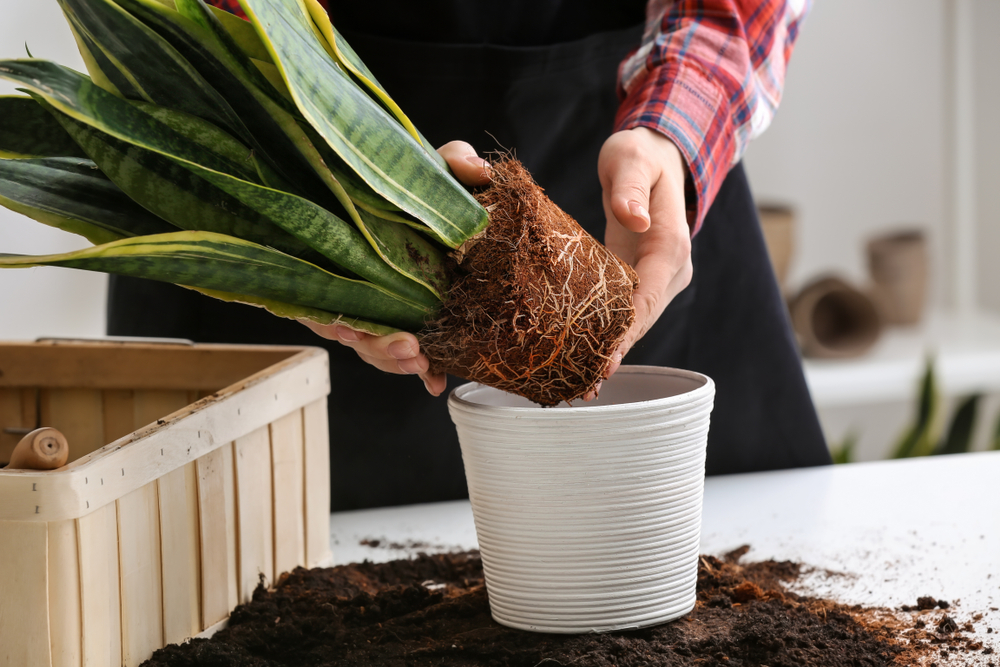
The Watering Schedule
Both overwatering and underwatering can be detrimental to a plant. We suggest the following steps:
- Push a finger one knuckle deep into the soil. Water the plant only if the finger feels completely dry.
- Whilst watering, water enough to keep the soil damp, not wet.
- Different plants require different amounts of water. Cacti and succulents can be watered once a month, sparingly. Ferns and palms can be watered weekly. Flowering plants may require watering every alternate day.
- Ensure that the water is at room temperature. Very hot and very cold water can be damaging to the roots.
- Some plants may be sensitive to hard water, so a quick check of water quality is also beneficial.
- Gently pour water towards the root. Forceful splashes may cause tender seedlings to collapse.
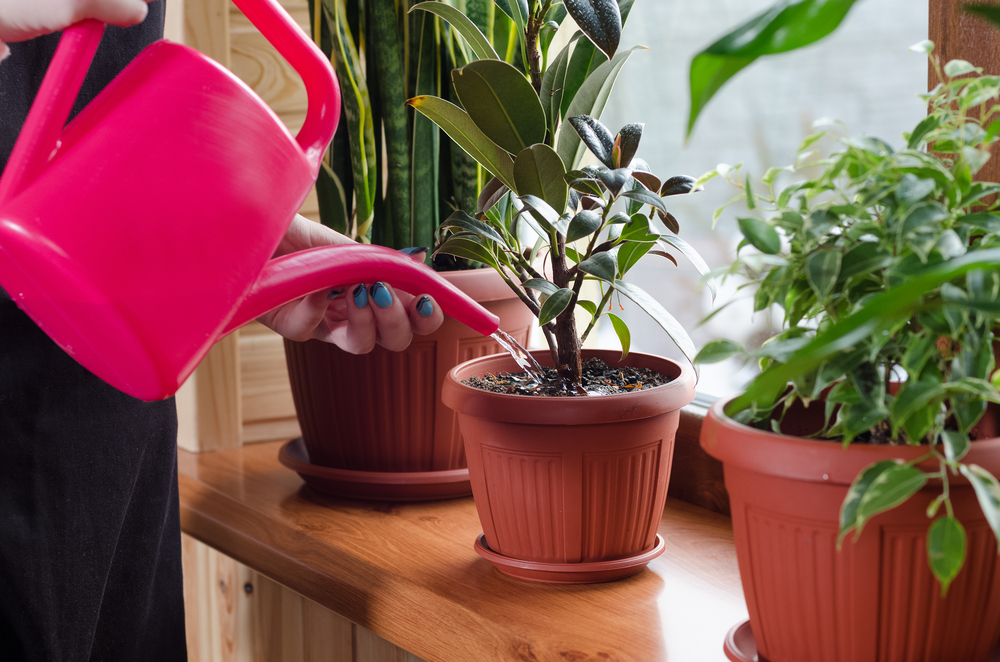
Composts and Fertilisers
Household wastes can make great compost, especially tea leaves, fruit peels and coffee grinds. Many tabletop composters are available, or you can DIY your compost bin. If that’s not up your alley, try a natural fertiliser such as seaweed fertilisers. Most plants will require fertiliser support in the flowering and fruiting stages. Good compost is also recommended if the soil quality in your area is sandy. Plant grow sticks, which can simply be embedded in the soil, are another fuss-free option. Look out for yellowing leaves or bottom rot in fruits like tomatoes. These may indicate a nutrient deficiency.
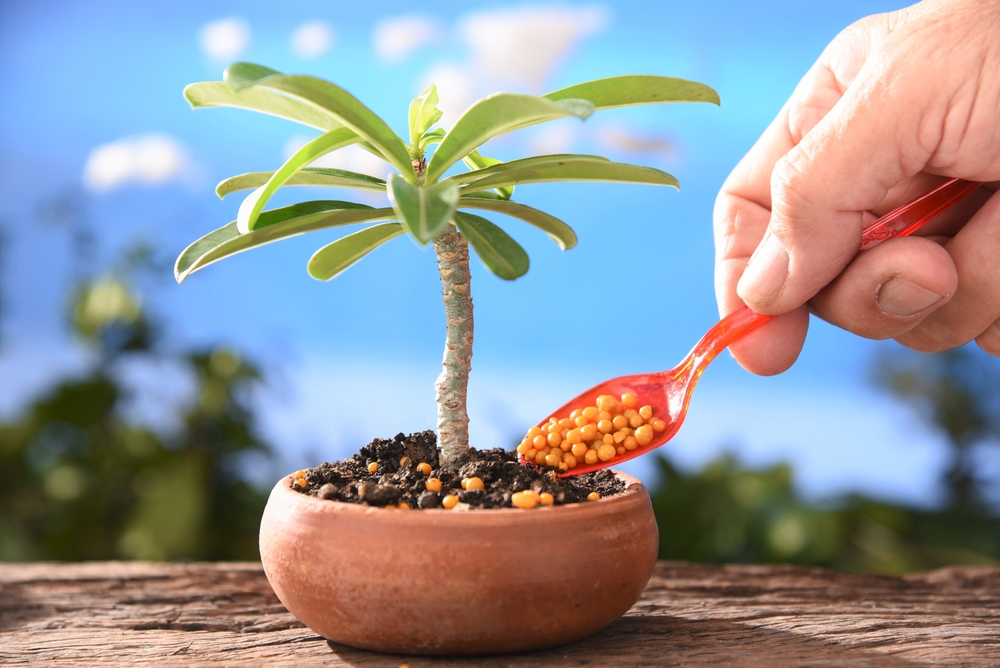
Sunlight Requirements
Most indoor plants do well with bright but indirect sunlight. Place them near windows. Certain plants, such as money plants and snake plants, will do well even in dim light or artificial light. If you notice any brown, burnt-looking leaf tips, move the plant to a more shaded area. However, if they are doing well, avoid moving the plants around too much.
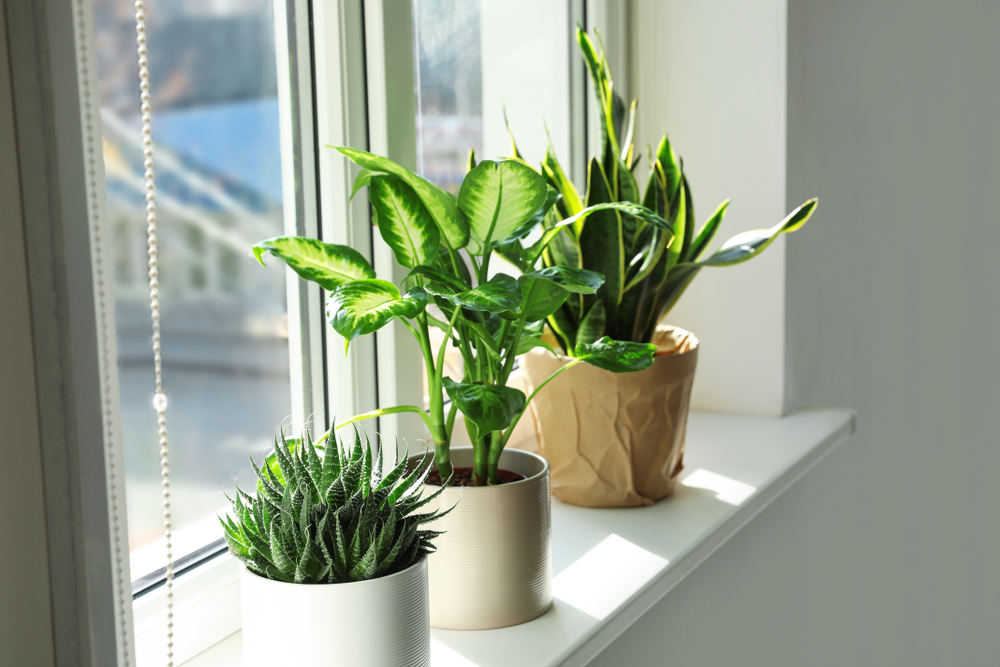
Pests Control
Insects are inescapable. Mealybugs, leaf miners and aphids are quite common and may cause damage to the plant. Neem oil is a safe, natural remedy against such parasites. Occasional sprays of water containing a tablespoon of neem oil will mitigate the problem. Another great way to control mealybugs is ladybugs. If you see ladybugs nearby, place them on the mealybug infested plant. The ladybugs will eat the mealybugs. Parasites can also be swabbed off with rubbing alcohol.
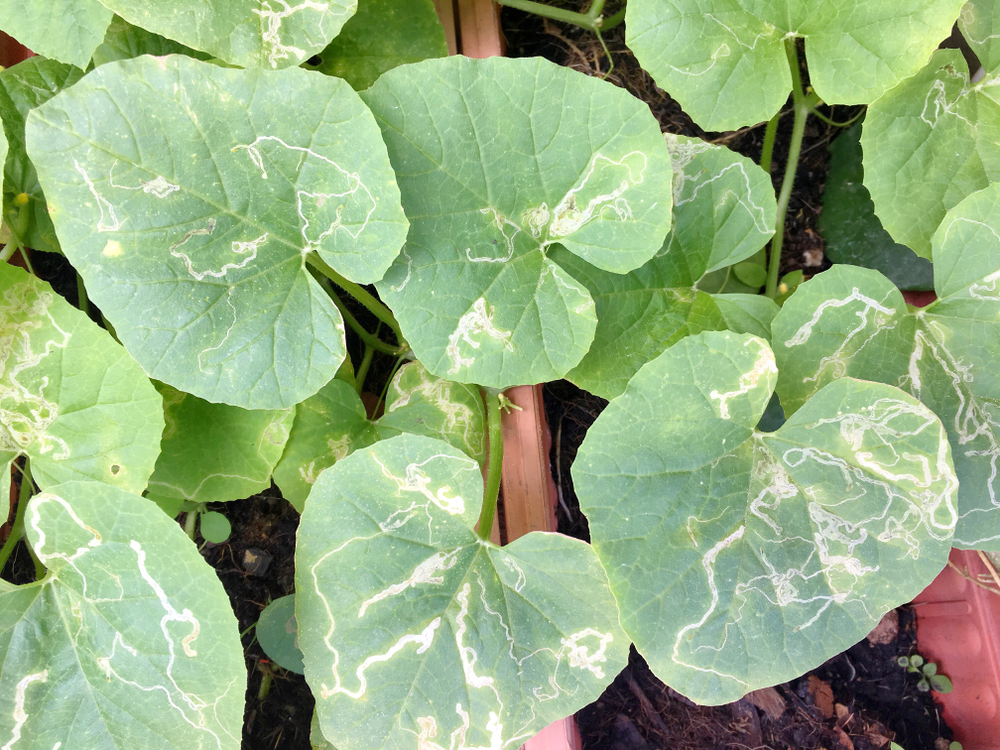
Pruning
Some leaves and stems will wither simply due to ageing. It is best to cut them away. Any wilted flowers should also be deadheaded. Cutting the tops off of herbs like basil can encourage the plant to become bushy. In addition to keeping your plants clean, pruning your plants timely can stimulate new growth and help to train your plants to grow in a specific direction. Always use sharp shears and make clean cuts without bruising. These cuttings can also be used as mulch. However, if the plant looks generally healthy, it does not require pruning.
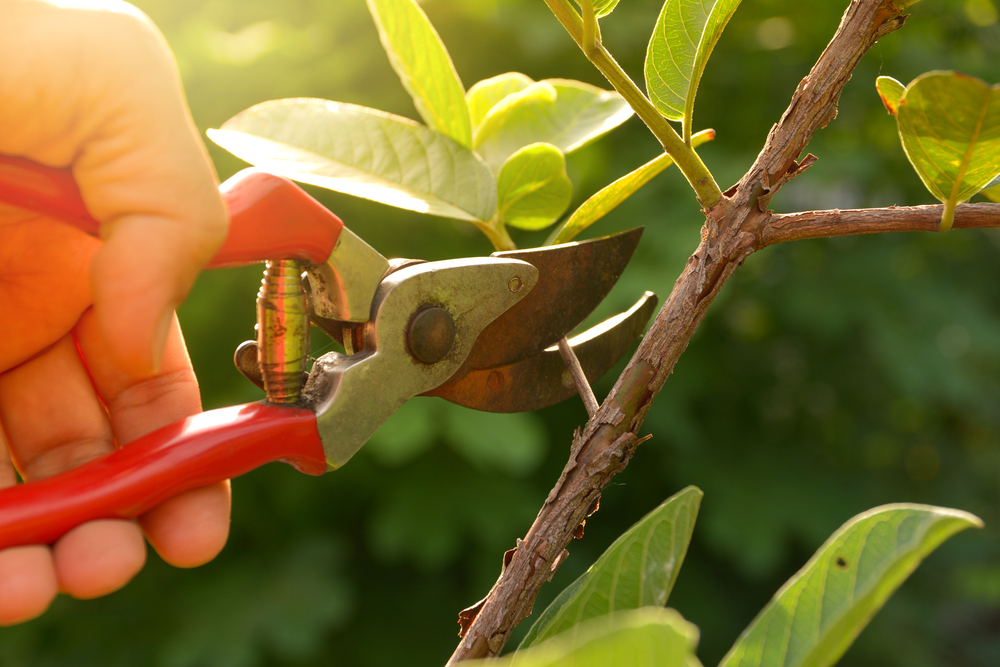
Plants are beautiful, resilient creatures. They can liven up a room and add a bright spot of nature into urban spaces. Growing indoor plants can add beauty and life to your home, but it can be a challenge to keep them growing. Indoor plants need specific nutrients, light, and air to grow, so it’s important to provide them with the best conditions you can.
The key to having healthy plants is to be realistic. If you are an avid traveller, invest in low-maintenance plants that can go a week or so without water. If you live in a very hot, bright area, look for plants that thrive in the harsh sun. If you tend to forget to water your plants, a reminder system or keeping a planner may help. To thine own self be true, and enjoy the fruit of your labours! Any room will look better with plants. You can also choose your plants that complement the design by HomeLane to have a house that looks like a real-life version from the home design and decor magazines.

